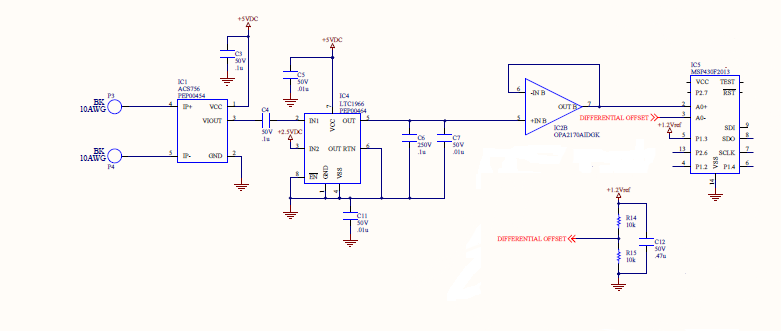I'm using MSP430F2013 to get analog input voltage. It use SD16 and save count value in SD16MEM0 every 0.256ms . It stop working after few months running. When I plug in MSP430 programmer to check SD16 value and it show 0 even we have voltage input. 40% of our production have this analog issue.
How can I fix that problem OR is this manufacturing issue?
Thanks


